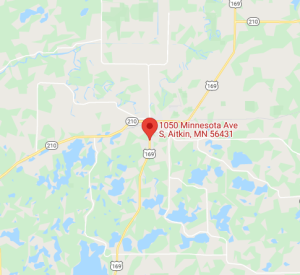How Long Does It Take to Get a Dental Implant?
If you have one or more teeth that can’t be saved, dental implants could be the solution. A dental implant procedure replaces missing or extracted teeth with teeth that are artificial. However, these prosthetic teeth look and function just like their natural counterparts. Nobody can tell you’re wearing a dental implant unless you let them in on the secret. Dental implants are more permanent than full or partial dentures because you don’t have to take them in and out for cleaning or sleeping. Your dentist in Crosby, MN, can help you learn more about the dental implant procedure.
More About Dental Implants
Unlike some dental procedures, dental implants require multiple visits to your dentist and take several months to complete, but there are good reasons why. Initially, your dentist will sit down with you to discuss your goals for smile repair. Then they’ll perform an exam and run diagnostic tests, such as X-rays, to see if dental implants are the best solution. As part of your treatment, your dental professional may take impressions of the inside of your mouth using a clay-like substance. This will later be sent to the lab for fabrication.
During a second visit, your dentist may implant the post that will hold the prosthetic tooth. Often, the post is made of titanium. It’s surgically implanted through the gum and into the jawbone where the new tooth will eventually be added. This post must have sufficient time to bond, or osseointegrate, with the jawbone. This can take up to six months.
Adding the Artificial Tooth
At a subsequent dental visit, you’ll receive the abutment that acts as a sort of cap over the titanium post. The abutment serves as the core of the artificial tooth. Once the natural-looking tooth is placed over the abutment, your dental implant is complete. But your dentist may do the abutment, the fitting, and the placing of the implant over one or more visits.
All-in-all, the time required to have a dental implant procedure may take anywhere from 6 to 12 months. But the commitment is well worth it for a perfectly improved smile. For more about dental implants in Crosby, MN, call River Oaks Dental today.







